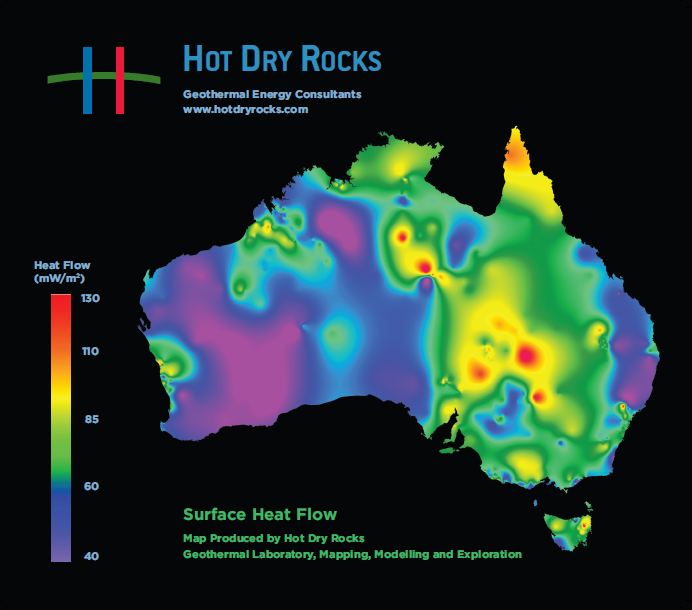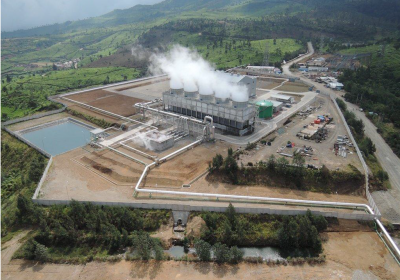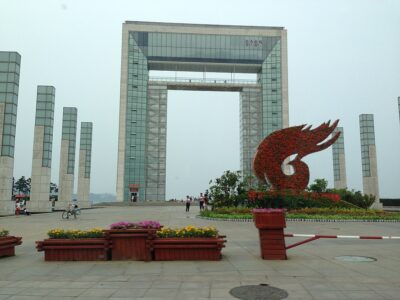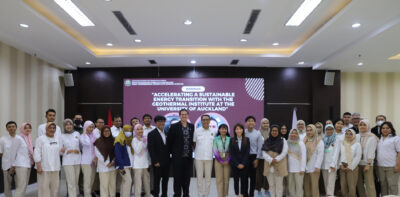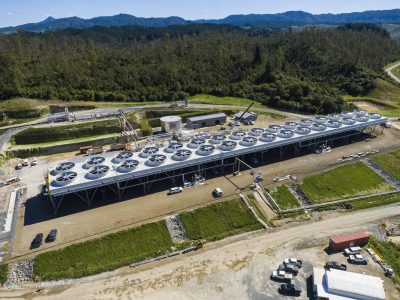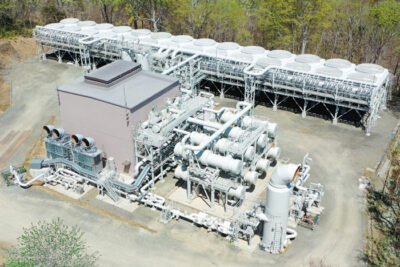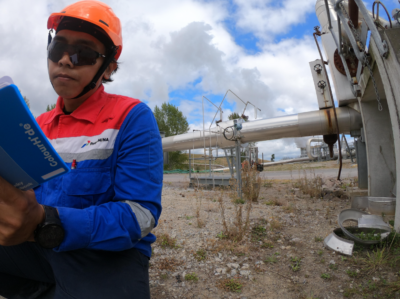Hot Dry Rocks says Australia blessed with vast geothermal reserves
In a release Australian Hot Dry Rocks quotes the vast geothermal reserves of Australia, based on new data using a global protocol for EGS estimates, developed in partnership with Google.
Australia is sitting on vast reserves of green geothermal energy sufficient enough to replace carbon emissions-intensive coal and gas power 68 times over, geothermal energy consultancy Hot Dry Rocks (HDR) says.
The data, released today, is the result of a new Global Protocol developed in partnership with internet giant Google to estimate and map the planet’s enhanced geothermal systems (EGS).
The rocks beneath Australia (within 5km) store enough heat to theoretically provide 85 million megawatts (MW), or all of Australia’s current electricity demand for 50,000 years; If just 2% of the estimated heat energy within 5km is recovered with existing technologies, there is potentially 395,000 MW power available – almost 10 times that of coal or gas (40,647 MW current installed generation capacity in Australia)
“This is clean, renewable energy that is realistically accessible today with existing drilling and power conversion technologies,” HDR’s Managing Director Graeme Beardsmore said.
“Not only that, EGS has the potential to provide base load power; it is one of the most abundant sources of renewable energy available and is more than sufficient to replace current coal and gas power supply.
“Essentially, EGS presents us with a compelling solution to tackling climate change as well as addressing future energy supply issues. Now that Australia has a carbon pricing mechanism, we have the means to work on making clean EGS power generation a reality.”
The HDR-led Protocol development has resulted in the recent release of the first EGS map for the USA, and a preliminary heat flow map for Australia. Australia is also home to the largest EGS project in the world – a project working towards a 25MW pilot plant in South Australia’s Cooper Basin.
The Protocol, endorsed by the International Energy Agency earlier this year, sets the global standard for determining how the electrical power potential of EGS is estimated in a consistent way around the globe.
IEA-GIA[4] Chairman Chris Bromley said the organisation had long recognised the potentially huge contribution that EGS could make as a global energy resource, and included it as a foundation investigation topic at the IEA-GIA’s creation in 1997.
The Protocol provides governments and industry with the means to begin factoring EGS into the energy mix and will also provide greater certainty and confidence for investors based on a deeper knowledge pool.
“Investment in EGS – and conventional geothermal energy – has until now been a difficult proposition because of the lack of information available in order for investors to do the necessary risk assessments,” Dr Beardsmore said.
“The megawatt statistics and maps generated under the Global Protocol now provide a tangible knowledge base for proper investment and energy policy development.
“We know EGS works technically, and we know it can work commercially. The objective now is to make EGS a major part of the future energy mix in Australia and around the world.”
State by state breakdown of EGS potential under the Global Protocol
For all state statistics, technical EGS generation potential:
- Up to 300°C
- Within 5kms depth
- If extracted over the next 30 years
Nationally, current installed generation capacity of thermal (coal and gas) is 40,647 MW
ACT
- 43 megawatts (MW) if just 2% of estimated heat energy is extracted
- 430 MW if 20% of estimated heat energy is extracted
- Zero (0) thermal power production currently installed
- Conclusion: ACT could become a generator of power with up to 430 MW of potential from geothermal
NSW
- 55,133 MW if just 2% of estimated heat energy is extracted
- 551,330 MW if 20% of estimated heat energy is extracted
- 11,940 MW thermal power production currently installed
- Conclusion: up to 46 times the potential amount of geothermal than that currently generated by coal and gas
VIC
- 12,411 MW if just 2% of estimated heat energy is extracted
- 124,110 MW if 20% of estimated heat energy is extracted
- 8,386 MW thermal power production currently installed
- Conclusion: up to 15 times the potential amount of geothermal than that currently generated by coal and gas
QLD
- 136,759 MW if just 2% of estimated heat energy is extracted
- 1,367,590 MW if 20% of estimated heat energy is extracted
- 11,022 MW thermal power production currently installed
- Conclusion: up to 124 times the potential amount of geothermal than that currently generated by coal and gas
SA
- 58,541 MW if just 2% of estimated heat energy is extracted
- 585,410 MW if 20% of estimated heat energy is extracted
- 3,491 MW thermal power production currently installed
- Conclusion: up to 168 times the potential amount of geothermal than that currently generated by coal and gas
WA
- 46,080 MW if just 2% of estimated heat energy is extracted
- 460,800 MW if 20% of estimated heat energy is extracted
- 4,947 MW thermal power production currently installed
- Conclusion: up to 93 times the potential amount of geothermal than that currently generated by coal and gas
TAS
- 3,021 MW if just 2% of estimated heat energy is extracted
- 30,210 MW if 20% of estimated heat energy is extracted
- 345 MW thermal power production currently installed
- Conclusion: up to 88 times the potential amount of geothermal than that currently generated by coal and gas
NT
- 83,104 MW if just 2% of estimated heat energy is extracted
- 831,040 MW if 20% of estimated heat energy is extracted
- 516 MW thermal power production currently installed
- Conclusion: up to 1,610 times the potential amount of geothermal than that currently generated by coal and gas
Source: HDR release
